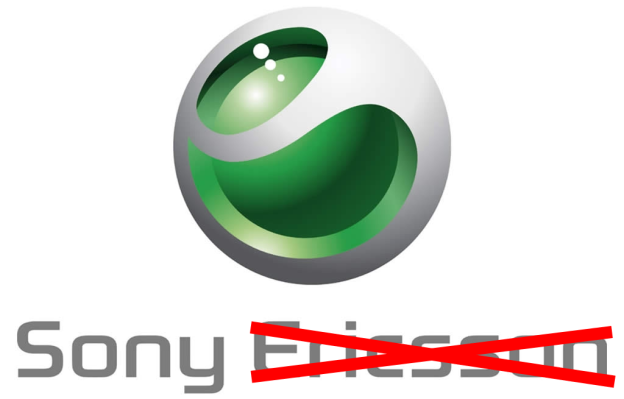
Sony announced its intention to buy its way out of its 50/50 joint phone venture with Ericsson around the end of October. The Japanese company will pay Ericsson about $1.5 billion dollars so that it can begin branding its smartphones solely as Sony products. From the looks of it, the brand change will happen fairly soon. According to a Sony executive speaking with The Times of India, the Sony Ericsson brand will be phased out by the middle of 2012. Sony will continue making smartphones, but sell them under its own Sony branding.
“A lot of planning goes into getting the branding right but we will be done by middle of next year,” said Kristian Tear, executive vice president and head of sales and marketing at Sony Ericsson. “It will also mean that the marketing and advertising investments will go up. We haven’t been as fierce as we were a few years back but we will step it up, refocus and invest more in brand-building in select markets and India is one of those markets.”
We imagine that the US is one of those markets. Sony has quite a bit of work to do as well. The company has little to no smartphone presence on US carriers, despite its focus on Android and the launch of its Xperia Play earlier this year, which brought PlayStation games to Android with the comfort of a full gamepad. Most of Sony Ericsson’s smartphone releases are relegated to AT&T, or must be purchased “unlocked” outside of the wireless carrier ecosystem, which is a difficult and foreign concept to many US consumers.
Does Sony have a better shot using its own brand? We think so, but it may need a strategic reboot all around. The recently launched duo of Sony tablets, the S and P, aren’t making any headlines or topping any sales charts as of yet.


